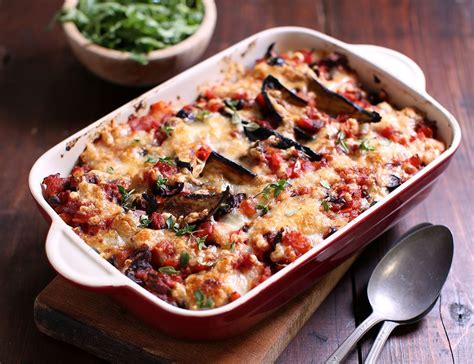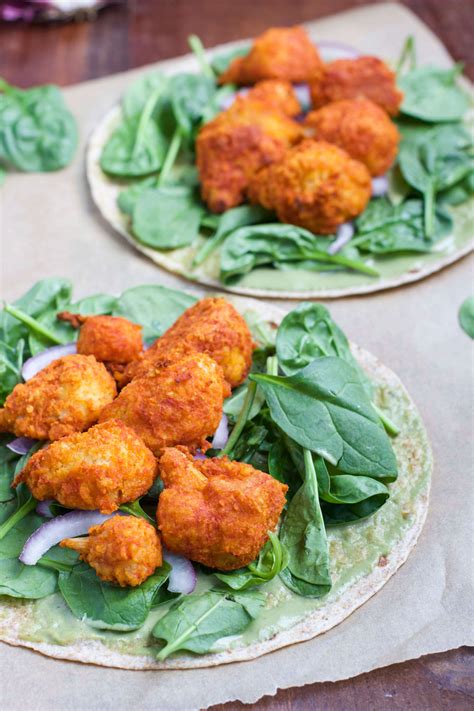Discover traditional and modern Seder meal recipes, vegetarian menu ideas, Passover desserts, and innovative Seder plate ideas for a meaningful and delicious Passover celebration.
Traditional Seder Meal
Contents
Passover is a time for family, tradition, and delicious food. For many, the traditional Seder meal is a highlight of the holiday. The Seder plate contains various symbolic foods, and the order of the meal follows a prescribed pattern. One important aspect of the traditional Seder meal is the Seder plate, which holds the ceremonial foods that will be used throughout the meal. These foods include the beitzah (roasted egg), zeroah (shank bone), maror (bitter herbs), karpas (vegetable), and haroset (sweet mixture of fruits and nuts).
Another key element of the traditional Seder meal is the matzah, unleavened bread that is central to the Passover celebration. During the Seder, participants will eat three pieces of matzah, representing different aspects of the Passover story. The meal also includes the serving of special ceremonial foods and the drinking of four cups of wine.
In addition to the Seder plate and matzah, traditional Seder meals also typically include dishes such as brisket, roasted chicken, and tzimmes, a sweet carrot and fruit dish. These foods are enjoyed by participants as they retell the story of the Exodus and celebrate the freedom of the Jewish people.
Overall, the traditional Seder meal is a rich and meaningful experience for those who celebrate Passover. The combination of symbolic foods, storytelling, and delicious dishes makes it a cherished tradition for many families around the world.
Modern Seder Recipe Variations
For those looking to put a unique and modern spin on their Seder meal, there are plenty of recipe variations to explore. Incorporating new flavors and ingredients can breathe fresh life into the traditional Passover feast, while still honoring the holiday’s customs and traditions.
One way to add a modern twist to your Seder menu is to experiment with fusion cuisine. Combining elements from different cultural traditions can create exciting and unexpected flavor combinations. For example, you might try incorporating Middle Eastern spices into traditional Jewish recipes, or experimenting with Asian-inspired sauces and marinades.
Another approach to modernizing your Seder meal is to focus on seasonal and local ingredients. Embracing the bounty of the season can not only add variety and freshness to your dishes but also support local farmers and producers. Consider incorporating a variety of spring fruits and vegetables into your Passover recipes, such as asparagus, artichokes, and strawberries.
Additionally, embracing health-conscious cooking methods and ingredients can offer a modern update to classic Seder dishes. For those seeking lighter, fresher fare, consider incorporating more plant-based dishes, such as roasted vegetable platters, quinoa salads, or grain bowls. Opting for whole grains, lean proteins, and vibrant, colorful produce can add a healthy and contemporary twist to your Passover meal.
Finally, don’t be afraid to get creative with your Seder recipes. Experimenting with new cooking techniques, alternative ingredients, or unexpected flavor pairings can lead to exciting and delicious results. Whether it’s incorporating a non-traditional ingredient into a classic dish or putting a playful spin on a traditional recipe, embracing creativity can elevate your Seder meal to new and unexpected heights.
Vegetarian Seder Menu Ideas
When it comes to planning a vegetarian Seder menu, there are plenty of delicious, meat-free options to explore. A vegetarian Seder can be just as satisfying and symbolic as a traditional one, with a variety of flavorful dishes to enjoy. Whether you’re a vegetarian or just looking to add some plant-based dishes to your Passover celebration, here are some creative menu ideas to inspire your Seder feast.
One of the most iconic elements of the Seder meal is the matzo ball soup. For a vegetarian twist, consider making a hearty vegetable broth and adding in fluffy, homemade matzo balls. The result is a comforting and satisfying soup that’s perfect for kicking off your Seder meal.
For the main course, consider serving a flavorful vegetable dish as the centerpiece of your Seder table. Dishes like roasted vegetable platters, stuffed peppers, or hearty vegetable lasagna are all great options for a vegetarian Seder. These dishes can be both visually stunning and packed with flavor, making them a delightful addition to your Passover feast.
Of course, no Seder meal is complete without a selection of side dishes. Consider including traditional Passover favorites like potato kugel, tzimmes, and charoset, all of which can easily be made vegetarian-friendly. These side dishes not only add variety to the meal, but also provide a delightful balance of flavor and texture to complement your main course.
To round out your vegetarian Seder menu, don’t forget to include a selection of sweet treats for dessert. From flourless chocolate cake to macaroons, there are plenty of delicious Passover dessert recipes that are naturally vegetarian and sure to satisfy your sweet tooth. These desserts are a delightful way to end your Seder meal on a high note, leaving your guests feeling thoroughly satisfied and delighted.
Passover Dessert Recipes
Passover is a time to gather with loved ones and celebrate the rich traditions of the Jewish faith. As part of the Passover celebration, it is customary to enjoy a delicious meal with family and friends. And, of course, no meal is complete without a sweet treat to top it off.
When it comes to Passover dessert recipes, it’s important to find options that adhere to the dietary restrictions of the holiday. This means no leavened bread or grains – such as wheat, barley, rye, oats, and spelt – are allowed. In addition, many traditional desserts are made with ingredients that are not suitable for Passover, such as flour, baking powder, or yeast. However, that doesn’t mean you have to miss out on delicious desserts during the holiday.
One popular dessert option for Passover is macaroons – a sweet and chewy treat made with coconut and egg whites. These delightful confections are easy to make and can be tailored to suit your taste. You can add in chocolate chips, nuts, or even a dollop of jam to create a unique and flavorful dessert.
Another favorite Passover dessert is flourless chocolate cake. This rich and decadent treat is made with just a few simple ingredients – eggs, sugar, butter, and chocolate. It’s the perfect way to satisfy your sweet tooth without compromising on taste or tradition.
If you’re looking for a lighter option, fruit salad is a refreshing and healthy dessert choice for Passover. You can mix together a variety of your favorite fruits, such as berries, melons, and citrus, and top it off with a drizzle of honey or a sprinkle of cinnamon for added flavor.
Innovative Seder Plate Ideas
When it comes to celebrating Passover, the Seder plate is an essential part of the ritual. It typically includes symbolic foods that are central to the Passover story and tradition. While the traditional Seder plate consists of items like bitter herbs, charoset, and a shank bone, there are many innovative ways to update and modernize the Seder plate to reflect different dietary restrictions and personal tastes.
One innovative idea for a modern Seder plate is to include a selection of gluten-free and dairy-free options for those with dietary restrictions. This could include using quinoa instead of traditional grains, or incorporating nut-based charoset for a different twist on the classic recipe. By offering alternative options, you can ensure that all guests can participate in the Seder meal.
Another creative approach to the Seder plate is to include a selection of local and seasonal ingredients. For example, instead of the usual parsley for karpas, consider using a locally-sourced seasonal vegetable such as asparagus or snap peas. This not only adds a fresh and modern touch to the Seder plate, but also encourages a connection to the local food community.
In addition, you can incorporate a global perspective by including items from different cultural traditions. For instance, you could include items such as kimchi or pickled ginger alongside the traditional Seder plate items. This adds an element of diversity and inclusivity to the Seder meal, and can make for interesting discussions about different cultural practices and customs.
Finally, you can also incorporate a sustainable approach to the Seder plate by using reusable or eco-friendly materials. Consider using a wooden or bamboo Seder plate instead of a traditional ceramic or glass one. Additionally, you can source organic, locally-sourced foods to minimize the environmental impact of the meal. By embracing sustainable practices, you can create a Seder plate that reflects a commitment to environmental stewardship and ethical consumption.












